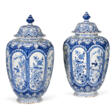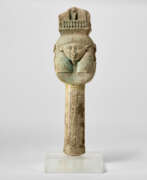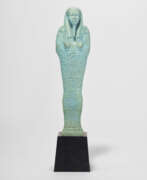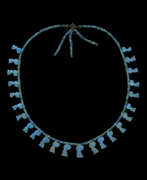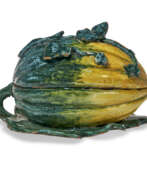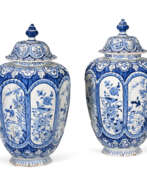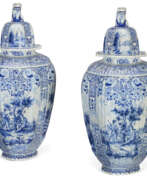Faience
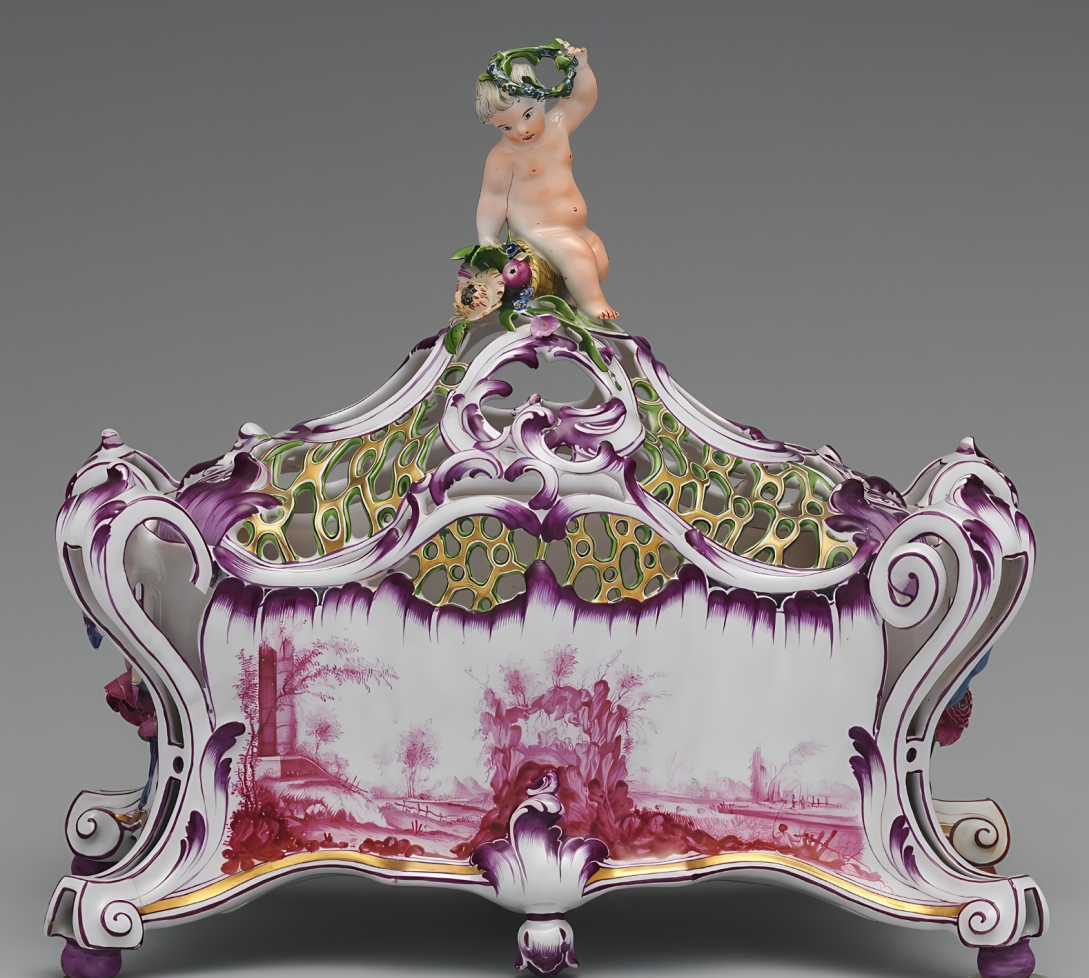
Faience
Faience is a type of tin-glazed pottery that has been prized for centuries for its brilliant colors and intricate designs. Originating in ancient Egypt, faience became popular in Europe during the Renaissance, with notable production centers in Italy, France, and the Netherlands. This ceramic art form is renowned for its glossy, glass-like surface and vibrant hues, often depicting floral patterns, mythological scenes, and historical events.
Faience's appeal lies in its unique combination of artistry and functionality. The tin glaze creates a smooth, impermeable surface that not only enhances the beauty of the designs but also makes the pottery durable and practical for everyday use. Collectors and experts in art and antiques value faience for its historical significance and the craftsmanship required to produce each piece.
Prominent examples of faience can be found in major museums and galleries worldwide. The Victoria and Albert Museum in London and the Louvre in Paris house exceptional collections of faience ware, showcasing the diverse styles and techniques that have developed over the centuries. Whether used for decorative tiles, plates, or vases, faience continues to captivate art lovers and collectors alike.
Sign up for updates on new faience products and auction events to stay informed about the latest sales and acquisitions. Your subscription ensures you won't miss any opportunities to expand your collection with these exquisite ceramic art pieces.
| Country: | Africa, Ancient Egypt, Asia, China, Europe, Iran, Japan, Korea, Russia |
|---|---|
| Start of the period: | IV century |








